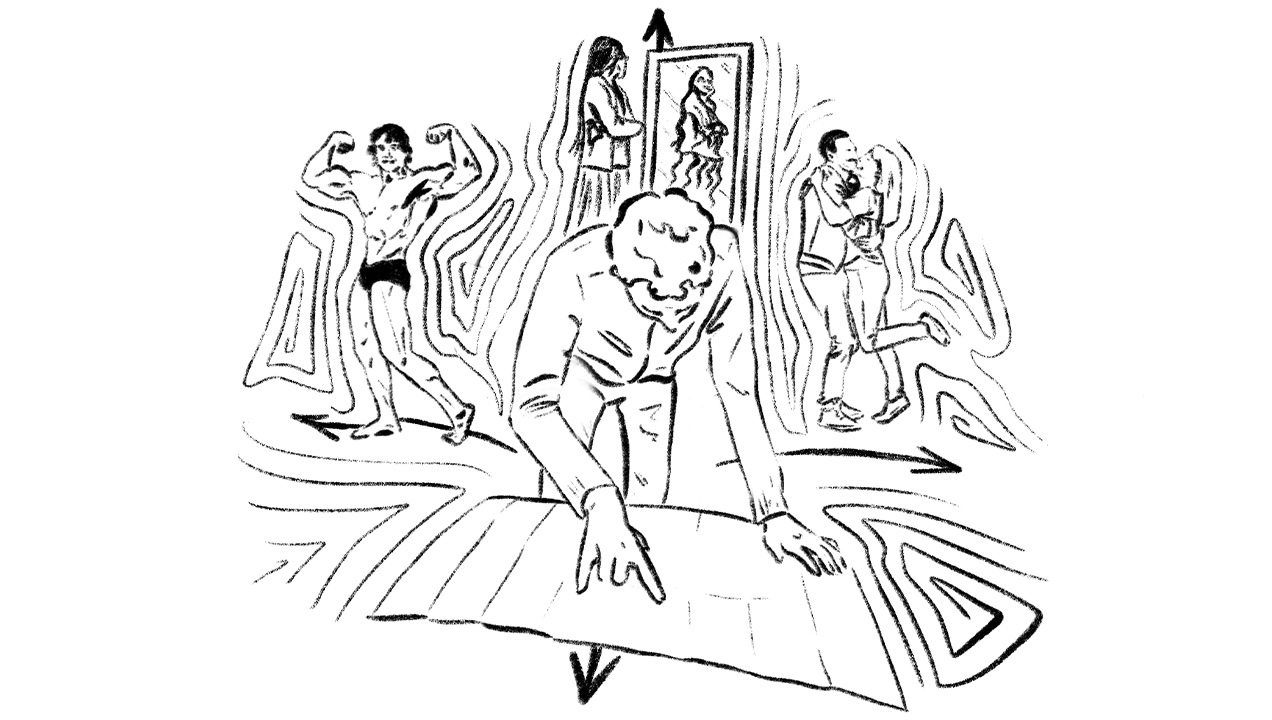How Do We Know Where We’re Going? Pathfinding In Real Life
“You’re holding the map upside down.” – My husband has said to me on multiple occasions.
I have a horrible sense of direction. It doesn’t matter if I’m traversing the grid system of my hometown in New York City or weaving through the spaghetti that is London streets. It’s very easy for me to get lost; almost comical. I have no idea where the cardinal directions are if I can’t see the sun (even that is a bust sometimes), I can barely follow walking directions conveyed in nature walk literature, and forget about consistently taking the correct exit on the motorway. How can the tools we use in real life to navigate be improved? This is the second post of our pathfinding series. You can check out Part 1 here.

Following vs. Pathfinding
If you think about how the typical person travels from Point A to Point B, I’m not sure if we could call it pathfinding. We have become so accustomed to technology telling us where to go and nine times out of ten we just follow it. If you’re purely looking at this from the perspective of the user’s experience in the moment, it’s fantastic. It makes finding where you need to go and how to get there the most efficient way possible a breeze. Google Maps, Waze, and other popular navigation apps relieve much of the user’s day to day stress. Can we call this pathfinding though? You know that saying, “it’s about the journey, not the destination”? The process of the journey can become a bit lost when using navigation apps. In fact, there have been studies which suggest that reliance on these tools has led to the degradation of our navigational skills.
The process of the journey can become a bit lost when using navigation apps.
The usability of traditional land navigation tools varies
We’re going to stick to land since that’s where most people do their navigating. Nautical and celestial tools are a whole different ball game! Some navigational tools that humans have used for centuries have changed very little in their design. Take the humble compass, for example. So long as you’re not too close to strong magnetic fields, they’re quite easy to use. Their delightfully simple design enables the users to quickly ascertain to what degree they are facing north or south. Then, there are maps. Maps can range from being overly simplistic, to wildly complicated, to just plain inaccurate (sorry New Zealand!). There are actually quite a few overlaps between the usability principles of maps and websites, stemming from the humble beginnings of sitemaps. It’s crucial that you establish a visual hierarchy that is consistent and meets the user’s expectations. That’s why the name of the site, high level navigation, and frequently accessed content, is typically located towards the top of a site.
Where do we go from here?
I couldn’t help myself with the pun! In terms of usability, the big name apps seem to have it nailed down. Entering, searching, and retrieving directions for a destination is as straightforward as it can be. However, when it comes to navigating indoors, narrow passageways, or a sprawling forest, your average app is going to struggle. There are neat solutions for this, such as what3words, a navigation app that has broken up the world into three meter squares, each assigned with three random words. This app does a fantastic job of combining the familiar UI of a navigation with our natural ability to establish landmarks and memorable associations with places. Perhaps we need more tools like these that not only get us where we need to go, but also help us redevelop our lost pathfinding skills. Navigation apps might also be able to learn from a potentially unlikely place: video games.
Perhaps we need more tools like these that not only get us where we need to go, but also help us redevelop our lost pathfinding skills.
Come visit us at forces.mirrors.bond
That’s our what3words location. Our Covent Garden studio is set up with the latest technology to support your user testing, workshopping, and focus group needs. Each room is equipped with cameras and mobile microphones to view and capture every moment. You can also rent an additional room with a TV to watch your sessions in real time on site. Our space also boasts a research studio, where you can run sessions while observing through a two way mirror. If you’d like to learn more about renting our space or would like a free consultation with one of our researchers, please contact our Studio Team.
Stayed tuned for Part 3: How Video Games Adapted Real Life Pathfinding Tools.
Thank you to my colleague Claire Vergnes for the amazing artwork that accompanies this post.
